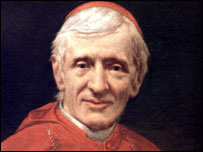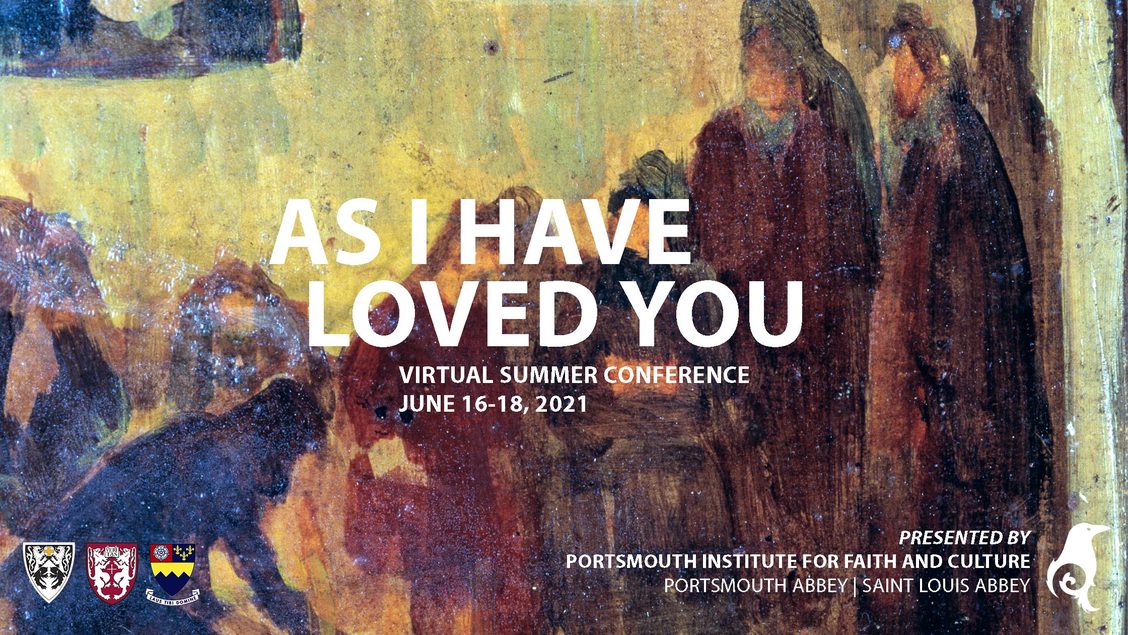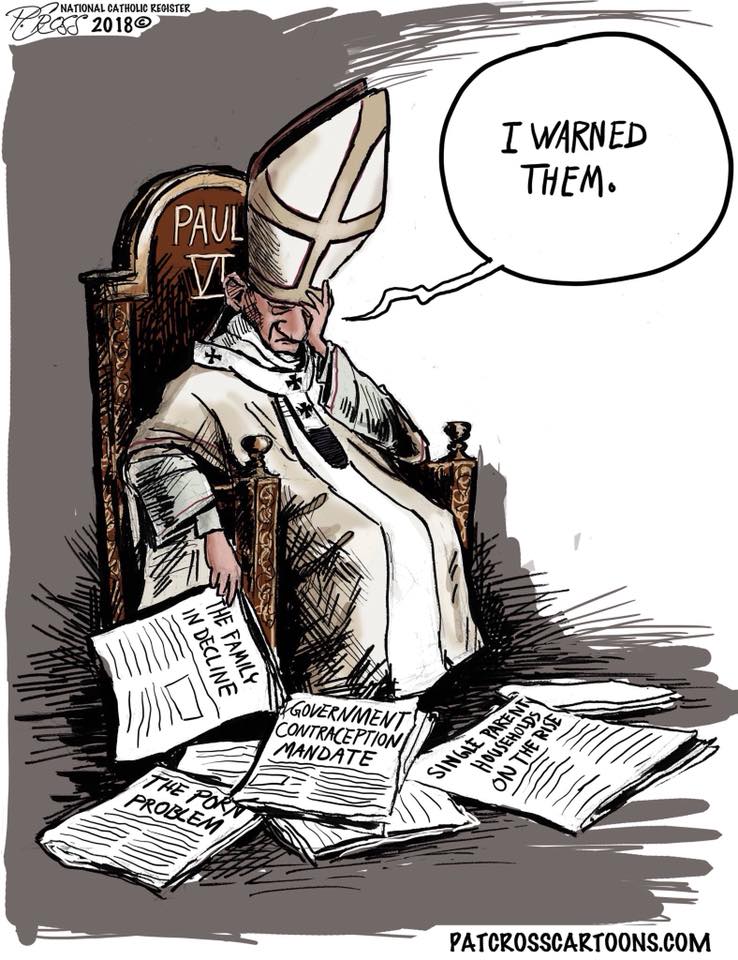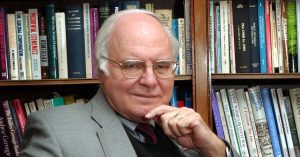
THE IDOLATRY AND SACRILEGE AT THE RECENT SYNOD ON THE AMAZON
I wish to speak to you about recent events in Rome, in connection with the synod—the meeting of bishops—regarding the Amazon region. This synod was summoned in order to address the challenges faced by the Church in the Amazon region, especially those that are connected with the evangelization of the indigenous peoples there. During the synod, images of Pachamama, the earth goddess of the Incas, was displayed and honoured in the Vatican gardens, carried into St. Peter’s Basilica in a canoe, and also displayed in the Church of Santa Maria in Transpontina, next to St. Peter’s. During the ceremony in the Vatican gardens, some (including at least one who was apparently a Franciscan friar) prostrated themselves before the image of the pagan goddess.
These actions so outraged many of the Catholic faithful that, a few days ago, some faithful Catholic young men went into the Church of Santa Maria in Transpontina, collected the images of Pachamama, and threw them into the Tiber river. This action was greeted with rejoicing by many Catholics.
The courageous Bishop Athanasius Schneider from Kazakhstan summed up those events in this way in an open letter:
1. “You shall have no other gods before Me,” says the Lord God, as the first of the commandments (Ex 20:3). Delivered originally to Moses and the Hebrew people, this command remains valid for all people and all times, as God tells us: “You shall not carve idols for yourselves in the shape of anything in the sky above or on the earth below or in the waters beneath the earth; you shall not bow down before them or worship them” (Ex 20:4-5). Our Lord Jesus Christ kept this commandment perfectly. When offered the kingdoms of the world if only he would bow to the devil, Jesus responded, “Begone, Satan! for it is written, ‘You shall worship the Lord your God and him only shall you serve’” (Mt 4:10; Dt 6:13-14). The example of Christ therefore is of the utmost importance for all people who desire “the true God and eternal life”; as St. John the Apostle exhorts us: “Little children, keep yourselves from idols” (1 Jn 5:20-21)…
2. On October 4, 2019, on the eve of the Amazon Synod, a religious ceremony was held in the Vatican gardens, in the presence of Pope Francis and of several bishops and cardinals, which was led partly by shamans and in which symbolic objects were used; namely, a wooden sculpture of an unclothed pregnant woman. These representations are known and belong to indigenous rituals of Amazonian tribes, and specifically to the worship of the so-called Mother Earth, the Pachamama. In the following days the wooden naked female figures were also venerated in St. Peter’s Basilica in front of the Tomb of St. Peter. Pope Francis also greeted two bishops carrying the Pachamama object on their shoulders processing it into the Synod Hall where it was set in a place of honor. Pachamama statues were also put on display in the church of Santa Maria in Traspontina.
Objective sources note that the Pachamama is an object of veneration, a goddess to which some Bolivians sacrifice llamas, an earth deity worshipped by some Peruvians, rooted in pagan Incan beliefs and practices.
3. Catholics cannot accept any pagan worship, nor any syncretism [mixing of religions] between pagan beliefs and practices and those of the Catholic Church. The acts of worship of kindling a light, of bowing, of prostrating or profoundly bowing to the ground and dancing before an unclothed female statue, which represents neither Our Lady nor a canonized saint of the Church, violates the first Commandments of God: “You shall have no other gods before Me” and the explicit prohibition of God, who commands: “Beware lest you lift up your eyes to heaven, and when you see the sun and the moon and the stars, all the host of heaven, you be drawn away and worship them and serve them, things which the Lord your God has allotted to all the peoples under the whole heaven” (Dt 4:19), and: “You shall make for yourselves no idols nor graven image, neither rear you up a standing image, neither shall you set up any image of stone in your land, to bow down unto it: for I am the Lord your God” (Lev 26:1).
The Apostles prohibited even the slightest allusions or ambiguity in regard to acts of venerating idols: “And what agreement has the temple of God with idols?” (2 Cor, 6:15-16), and “Flee from idolatry. The things which the Gentiles sacrifice, they sacrifice to devils, and not to God: and I would not that you should have fellowship with devils. You cannot drink the cup of the Lord, and the cup of devils: you cannot be partakers of the Lord’s table, and of the table of devils. Do we provoke the Lord to jealousy? Are we stronger than he?” (1 Cor 10:16, 21-22).
St. Paul, without doubt, would say to all who actively participated in the acts of veneration of Pachamama statues, which symbolize material or creatural things, these words: “But now, after that you have known God, or rather are known by God: how turn you again to the weak and needy elements, which you desire to serve again?” (Gal 4:9). The pagans, indeed, worshipped the elements as though they were living things. And observing the syncretistic or at least highly ambiguous religious acts in the Vatican’s Garden, in St. Peter’s Basilica and in the church of Santa Maria in Traspontina, St. Paul would say: “They worshipped and served the creature rather than the Creator, who is blessed forever” (Rom 1:25)…
As established by the Second Council of Nicaea, the Church permits the veneration with exterior gestures of worship such as bowing, kissing and blessing, no other symbols, pictures, or statues but “the icons of our Lord God and Savior Jesus Christ, that of our Lady the Theotokos [Mother of God], those of the venerable angels and those of all saintly people. Whenever these representations are contemplated, they will cause those who look at them to commemorate and love their prototype.”
Now it is said that those who bowed down to image of Pachamama were not literally worshiping the wooden statue but rather what it symbolizes—that is, Mother Earth. Well, that is just as unacceptable to us. The earth is God’s creation, but it is not divine. This notion that all is God and God is all is called pantheism. It is incompatible with Christian faith.
In a way, the gods and goddesses of ancient pagan mythology grew out of nature pantheism. The gods and goddesses are just personified aspects of the natural world; or else, the pagan gods are a divinization of the tribe or nation or empire. The reason for the prohibition of idols in the First Commandment is that idolatry confuses God with his created world. To confuse human beings with God’s own nature is the deception that the serpent—Satan himself—insinuated to Eve in the Garden of Eden, when he said, “you will be like God, knowing good and evil” (Gn 3.5).
At the synod, many expressed concern about responsible human stewardship of the natural world. So far, so good: after all, the Lord did tell Adam and Eve to tend the garden, not to abuse it (Gn 1.26). However, the earth is not divine, and we must not worship Mother Nature. To worship the earth or nature is to commit idolatry and is forbidden by the First Commandment.
There are many problems in the Amazon region: ecological damage, conflicts involving the indigenous peoples and business interests and the state, violations of human and political rights. Those require attention; and sometimes the well-being of the indigenous people has been neglected. However, the greatest need of the Amazonion peoples—as of all of us, of all human beings—is to hear and to believe the Gospel of Christ, to be baptized, and to live as his disciples. It is cruelty and injustice to leave the indigenous peoples in the darkness of paganism. If the Apostles had been content for our ancestors to worship the gods and goddesses of nature or of the tribe or the empire, none of us would be Christian today.
If you go back far enough in history, our ancestors were pagans and worshiped the sun and the moon and the stars and Mother Earth. When they became Christians, they were baptized and renounced all of that as the worship of Satan. It is God’s will that the indigenous people of the Amazon, like our own ancestors (wherever they came from and however long ago they were converted), do the same and come to worship only the living God—the Father, Son, and Holy Spirit.
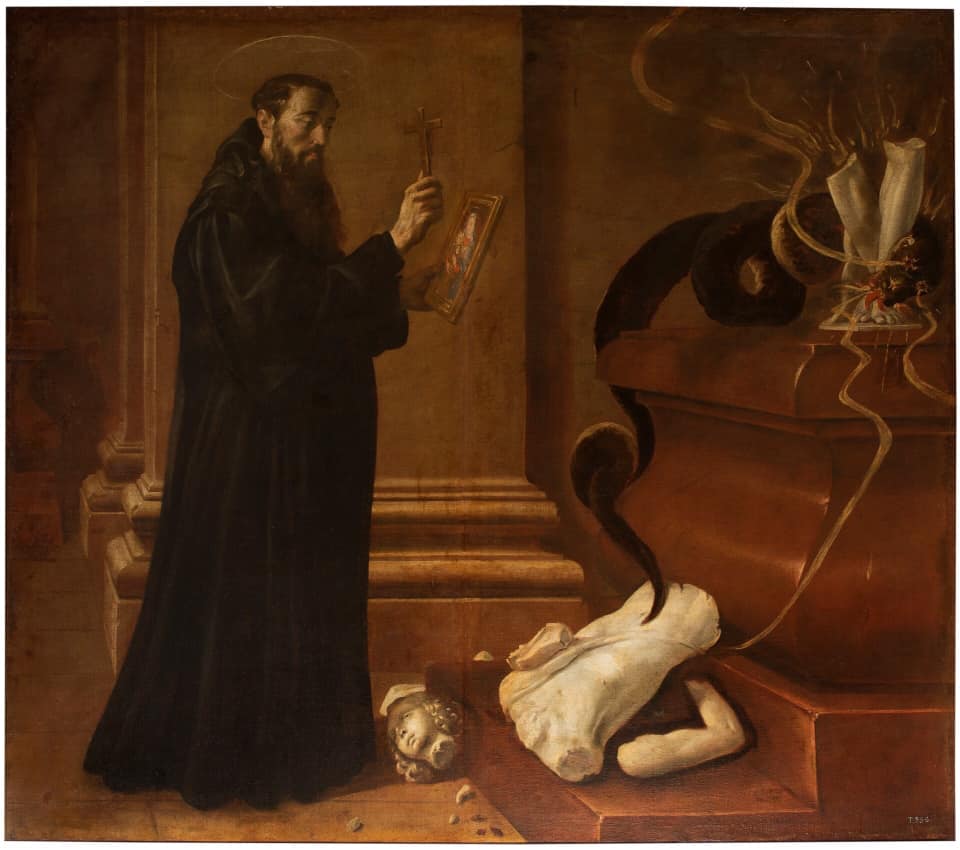 St. Patrick overthrew the idols in Ireland; St. Augustine of Canterbury did the same in Engalnd, when he came to convert the Anglo-Saxons. St. Boniface, when he evangelized Germany, chopped down the sacred oak of the god Thor and used its wood to build a cross and a church. When St. Benedict, the Father of Monks, founded his monastery at Monte Cassino, he destroyed the shrine of Apollo and the sacred grove of Venus and built shrines to St. John the Baptist and St. Martin of Tours.
St. Patrick overthrew the idols in Ireland; St. Augustine of Canterbury did the same in Engalnd, when he came to convert the Anglo-Saxons. St. Boniface, when he evangelized Germany, chopped down the sacred oak of the god Thor and used its wood to build a cross and a church. When St. Benedict, the Father of Monks, founded his monastery at Monte Cassino, he destroyed the shrine of Apollo and the sacred grove of Venus and built shrines to St. John the Baptist and St. Martin of Tours.
Many people forget that the pagan religions were often filled with fear and superstition and sometimes with terrible practices, such as human sacrifice and infanticide and tribal warfare. That is how it was in large parts of the New World when the Spanish and Portuguese and French missionaries came.
Think of Mexico. The Aztecs thought that if they did not feed their gods with human blood, the whole cosmos would die and would be plunged into darkness and chaos. In addition, the Aztec empire demanded a huge tribute in slaves and warriors from conquered tribes so that these could be offered in sacrifice on the altars: the mythology was also the legitimation of the subjugation of conquered tribes to the Aztec emperor. The Catholic Christian conversion of the indigenous people ended all that, through the intercession of Mary, as Our Lady of Guadalupe. The demonic dominion of the Aztec gods has come to an end in the triumph of Christ and of his Mother; and this is not the defeat of the Mexican Indians but rather their triumph and new life in the Body of Christ.
That is the gift that we must preserve and hand on to the Amazonian indigenous people and to all of mankind: to bring them into the Kingdom of Christ. If the Pope or the cardinals or the bishops or the priests or the theologians have done wrong, then it is charity to say so and to pray for them the mercy of God, that they may see their error and repent of it. Let us do that today.
Bishop Schneider has composed the following Prayer of Reparation for the sacrilege and idolatry at the Amazon Synod. I ask you to pray it with me.
Most Holy Trinity, Father, Son and Holy Spirit, receive through the hands of the Immaculate Mother of God and Ever Virgin Mary from our contrite heart a sincere act of reparation for the acts of worship of wooden idols and symbols, which occurred in Rome, the Eternal City and the heart of the Catholic world, during the Synod for the Amazon. Pour out in the heart of Our Holy Father Pope Francis, of the Cardinals, of the Bishops, of the priests and lay faithful, your Spirit, who will expel the darkness of their minds, so that they might recognize the impiety of such acts, which offended your Divine majesty and offer to you public and private acts of reparation.
Pour out in all members of the Church the light of the fulness and beauty of the Catholic Faith. Enkindle in them the burning zeal of bringing the salvation of Jesus Christ, true God and true man, to all men, especially to the people in the Amazon region, who still are enslaved in the service of feeble material and perishable things, as they are the deaf and mute symbols and idols of “mother earth”, to all people and especially to the people of the Amazonian tribes, who do not have the liberty of the children of God, and who do not have the unspeakable happiness to know Jesus Christ and to have in Him part in the life of your Divine nature.
Most Holy Trinity, Father, Son and Holy Spirit, you the one true God, besides Whom there is no other god and no salvation, have mercy on your Church. Look especially upon the tears and the contrite and humble sighs of the little ones in the Church, look upon the tears and prayers of the little children, of the adolescents, of young men and young women, of the fathers and mothers of family and also of the true Christian heroes, who in their zeal for your glory and in their love for Mother Church threw in the water the symbols of abomination which defiled her. Have mercy on us: spare us, O Lord, parce Domine, parce Domine! Have mercy on us: Kyrie eleison!
[This homily was recently preached by dear friend and faithful Benedictine monk.]
